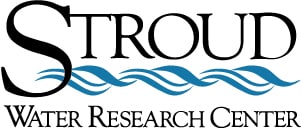Please note: Model My Watershed’s Watershed Multi-Year Model is now the primary framework for running the latest GWLF-E model version. It has replaced MapShed and BASINS because those desktop applications were built on the aging MapWindow GIS package that is no longer supported. If you have questions beyond what is provided in this documentation, please contact us so that we can connect you with MapShed developer Barry Evans, Ph.D.
Alternatively, you can run the latest version in Model My Watershed.
Like AVGWLF, MapShed is a customized GIS interface that is used to create input data for an enhanced version of the GWLF watershed model originally developed at Cornell University. In utilizing this interface, the user is prompted to identify required GIS files and to provide other information related to “non-spatial” model parameters. This information is subsequently used to derive values for required model input parameters which are then written to the input file needed for model execution. Also accessed through the interface is regional climate data stored in Excel-formatted files that is used to create the necessary “weather” input file for a given watershed simulation.
With MapShed, a user selects areas of interest, creates model input files, runs the simulations model, and views the output in a series of seamless steps.
